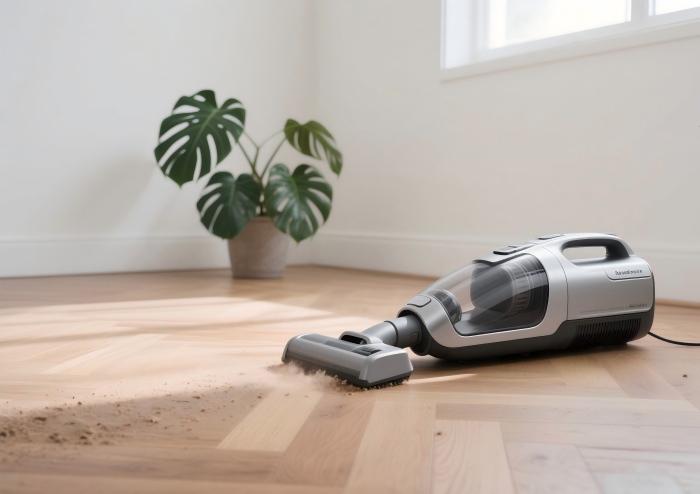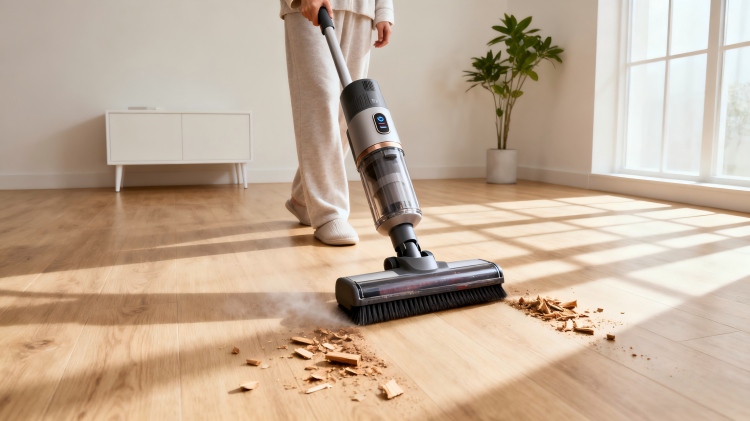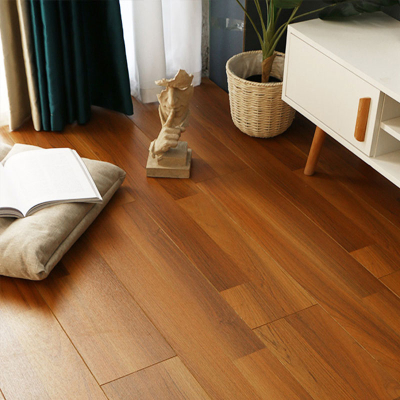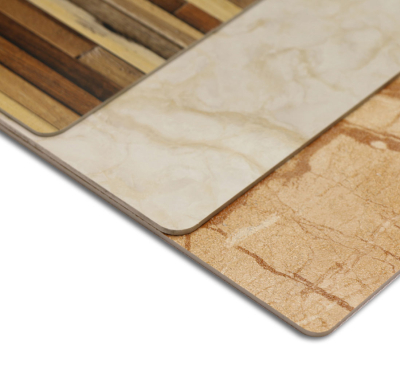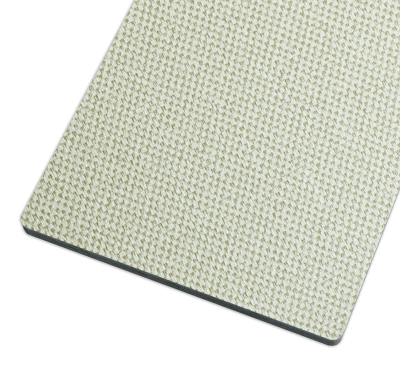Do vacuums scratch laminate floors?
Comprehensive professional analysis: Can vacuum cleaners damage laminate flooring?
From the perspective of the professional flooring and cleaning industry, the problem of floor scratches caused by vacuum requires a detailed understanding of material science, equipment design, and appropriate maintenance protocols. The straightforward answer is that vacuum cleaners, when used improperly or with inappropriate accessories, can indeed act as a kind of abrasive. However, under the correct setup, well-maintained vacuum operation minimizes risks and is an indispensable tool for maintaining the lifespan and appearance of laminate flooring.
This analysis delves deeply into the mechanisms of damage, the key design features of vacuum cleaners, and the established best practices recognized by floor manufacturers and the International Cleaning Association.
1. The basic mechanism of floor wear
The scratches on laminate flooring are not caused by suction but by abrasive friction. The laminate with a particularly hard alumina wear-resistant layer is designed to prevent scratches, but it is not impermeable, concentrated or forcefully worn. This kind of damage occurs through several specific mechanisms:
Particle wear (culprit) : The most common cause of scratches is that the vacuum cleaner is dragging tiny hard particles on the floor surface. Gravel, sand and hard soil play a role in grinding the complex. If the suction power of the vacuum cleaner is not strong enough to immediately absorb these particles, or if the design of the brush head allows them to be trapped, they will repeatedly grind on the worn layer, causing fine surface scratches, which will make the floor dull over time.
Mechanical wear from components: Direct contact with inappropriate or damaged vacuum components can lead to immediate and severe cavitation.
Rotating beating rods/brush rolls: These are used to stir carpet fibers to loosen embedded dirt. On hard surfaces, hard, rotating brushes - especially those with hard plastic or nylon bristles - can be used as milling tools to scratch and scratch the surface. If the bristles are worn out, deformed, or if they are blocked by debris and cannot rotate freely, this risk will multiply.
Poor-quality or damaged casters and wheels: Hard plastic wheels, especially those with cracks, fragments or hardened debris on the surface, may leave obvious scratches and marks when turning or pushing a vacuum.
Exposed fasteners or damaged housings: If the vacuum head has cracks, loose screws or damaged plastic parts, it may expose sharp edges, directly touching and scratching the floor surface.
2. Key vacuum cleaner design features for the safety of laminate flooring
Professional cleaning technicians select equipment based on its suitability for specific surfaces. For laminate flooring, the following design features are non-negotiable:
Specialized hard floor setup: The advanced vacuum model is equipped with a switch or dial that can automatically retract or disengage the heating rod to prevent it from rotating on hard surfaces. This setting usually also turns off a damper to optimize the intake airflow at the floor head.
Scroll switch: This is the most crucial function. The ability to completely stop the rotation of the brush roll transforms the upright vacuum into a safe suction cleaning tool for laminates and other hard surfaces.
Professional attachments
Soft bristle carpet brush: This is an ideal accessory for vacuum cleaners. It is characterized by a broad head, soft and dense mane (usually natural horsehair or soft anti-static synthetic material), which can easily loosen fragments without the risk of wear and tear. Many high-end models have soft felt or foam strips around the suction inlet to form a protective buffer.
Pure suction tools (parquet floor brushes) : These tools have no moving parts and rely solely on suction channels through wide inlets, making them very safe for delicate floors.
Sufficient suction: Consistent and powerful suction is of vital importance. It ensures that the fragments are lifted immediately after loosening, minimizing the chance of being dragged and causing wear and tear. Vacuum cleaners with poor suction power pose a higher risk on hard floors.
3. Industry standard best practices for vacuuming laminate flooring
Adhering to a professional cleaning protocol almost eliminates the risk of damage. The recommended order is as follows:
Pre-dry mopping (an indispensable first step) : Before vacuuming, be sure to use an electrostatic microfiber mop. The positively charged superfine fibers are highly effective in attracting and retaining dust, hair and larger grinding particles. This initial drying channel removes most of the material that might cause scratches in the subsequent vacuum stage, significantly reducing the abrasive load.
Pre-operation inspection of equipment
Check the bottom: Visually inspect the vacuum head, brush roll, wheels and housing for any damage, debris entanglement or exposed sharp edges.
Clean the brush roll: Remove any tangled hair, thread, or debris that may impede free rotation or produce grinding balls.
Verify the Settings: Ensure that the heating rod/brush roller is in the off position. If available, please confirm that the vacuum is set to the "Hard floor" mode.
Vacuuming execution
Use slow, overlapping, forward and backward strokes. This gives the suction sufficient time to effectively remove debris from the micro-textures and grooves of the floor.
For vacuum tanks, always use the approved soft-bristled brush accessories. Avoid using bare jointing tools directly on the floor surface. The hard plastic of bare jointing tools can cause scratches.
Daily maintenance of the machine: Poorly maintained vacuum cleaners can be harmful to the floor. This includes regularly emptying the bag/can before it is full (to maintain peak suction), cleaning or replacing the HEPA and pre-motor filters as recommended by the manufacturer, and regularly checking the hose for blockage.
4. Professional adjudication and risk mitigation summary
The risk of scratches is not inherent in vacuum behavior, but a direct result of improper tool selection, incorrect configuration or poor maintenance.
High-risk scenario: Using a standing vacuum cleaner with an active hard bristle heating rod on laminate floors, especially on floors with obvious sandy debris, will almost certainly cause scratches and wear.
Low-risk/risk-free scenarios: Using a vacuum canister with a soft brush or an upright vacuum cleaner to remove heating rods from pre-dried mopping floors is a safe, effective and recommended method for deep cleaning laminate floors.
In conclusion, vacuum cleaners are not the enemy of laminate flooring. Improperly used vacuum cleaner. The professional consensus is that vacuuming is an essential component of an overall floor care solution. By understanding the wear mechanism, investing in equipment with appropriate safety features, and adhering to a strict cleaning sequence, both homeowners and professional cleaners can effectively maintain the original state of laminate flooring without worrying about causing damage. Be sure to consult the care and maintenance guidelines provided by the laminate flooring manufacturer, as they usually specify approved cleaning tools and methods to keep your warranty valid.

